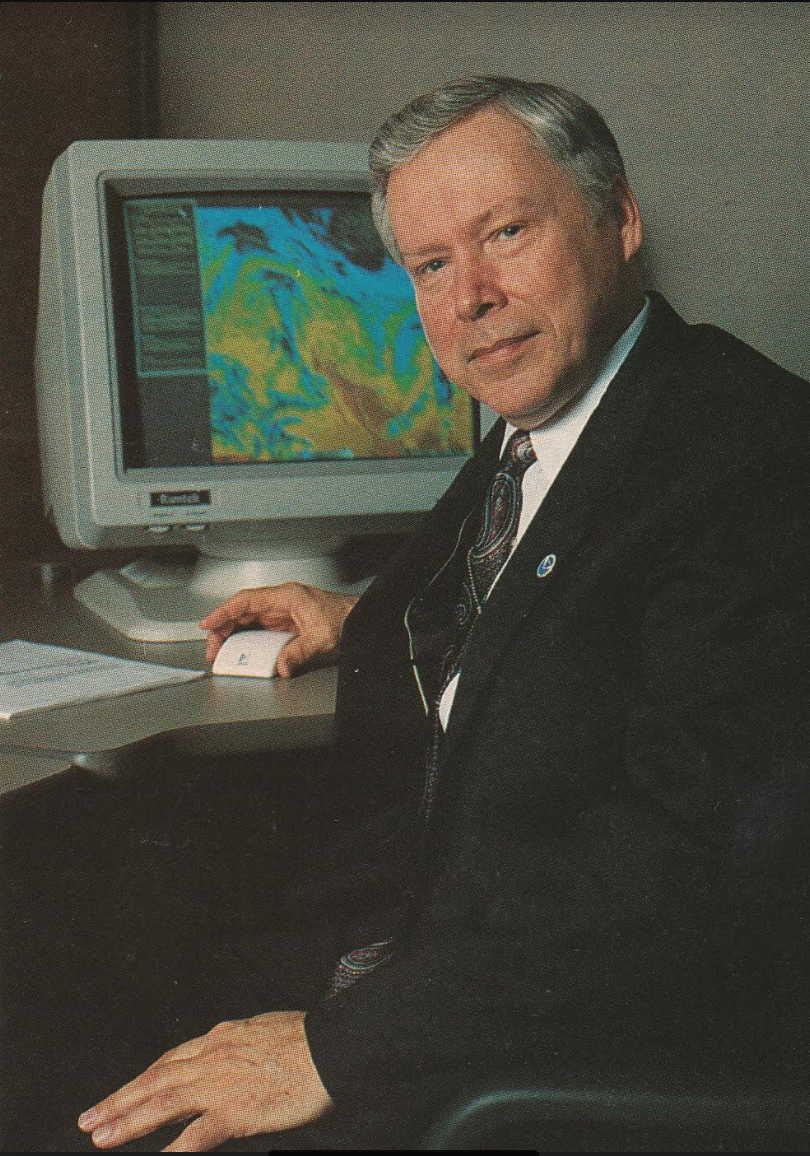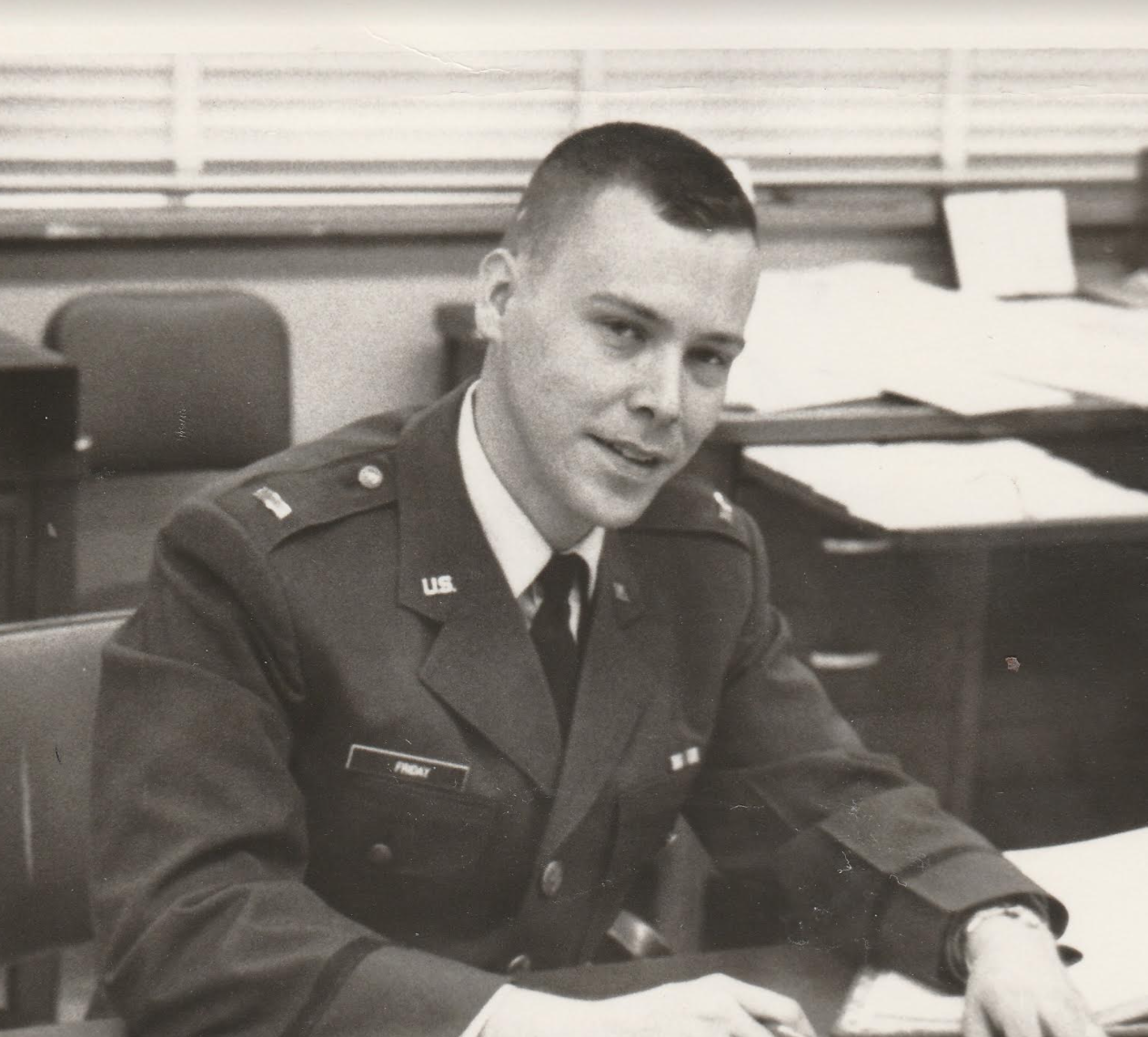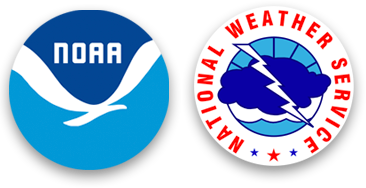Oral History: A Look Back with Former NWS Director Dr. Joe Friday - National Weather Service Heritage

Oral History: A Look Back with Former NWS Director Dr. Joe Friday
By Greg Romano (gregory.romano@noaa.gov)Editor’s Note: This oral history was conducted by Molly Graham in 2020 as a part of the NOAA 50th Anniversary Oral History Project.

Dr. Elbert “Joe” Friday served as National Weather Service director during a critical time during the agency (1988-1997), shepherding it through the Modernization and Associated Restructuring, known as the MAR, during the late 1980s and early 1900s. Joining the NWS as deputy director in 1981 after a 20-year Air Force career at the behest of then Director Dick Hallgren, Dr. Friday avoided the political and budgetary slings and arrows aimed at the MAR to bring it to completion before moving to another NOAA position in 1997.
In a fascinating six-part, nearly eight-hour oral history, Dr. Friday recounts the events that took him from his itinerant roots to the Air Force and an unplanned career in meteorology, the challenges of leadership during the Vietnam war and its aftermath, and the important steps he and his team took to realize Hallgren’s vision for a highly modernized and restructured National Weather Service.

Excerpts from the interviews recorded in 2020:
On his impact on the National Weather Service’s success:
JF: “Well, as I said, when I look at what’s going on in the Weather Service today, I see the results of our modernization activities. I see the results of the datasets made available. It is extremely satisfying to be able to say I had a part. When I say I had a part in that, I had a lot of good people that did a lot of hard work. What I was able to do, I think at times, was to shelter them from some of the political turmoil that occurred.”
On the success of the MAR:
JF: “In general, I think that the restructuring component worked out extremely well. The modernization itself worked out, as well, as was shown very quickly by the actual data. The accuracies of our severe storm forecasting, for example, rose significantly. The probability of issuing a weather warning for a severe storm went from very low – on the order of twenty or thirty up into the fifties and sixties. False alarms dropped – the lead time. When we first started collecting data back in 1989, the average lead time for a tornado warning was minus two minutes. What it said was, “What you just saw was a tornado.” Now the warning helped people out downstream, but it didn’t give much lead time for the touchdown of that tornado. Now, with the new technology, that lead time is on the order of twelve to fifteen minutes, and that’s enough time to really start taking action and be safe as a result of it. The number of deaths from tornadoes have dropped significantly, too. The number of deaths from severe thunderstorms have dropped significantly as well. So, by any metric, the modernization worked very, very well. It resulted in a system that – I still am amazed when I look back to see what happened.”
Resources and Additional Reading
-
Full transcripts and audio recordings of Molly Graham interview with Dr. Joe Friday
